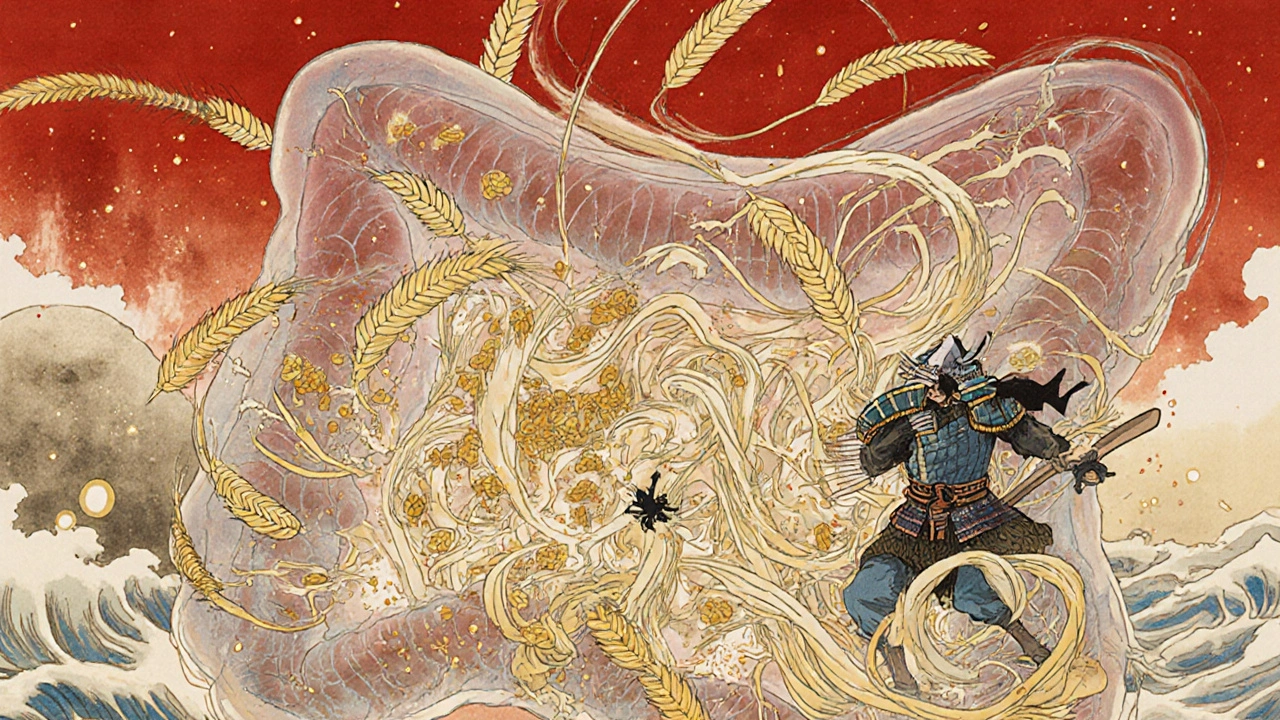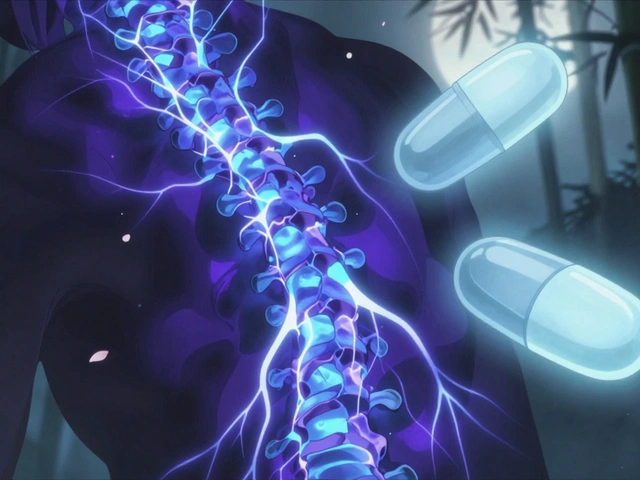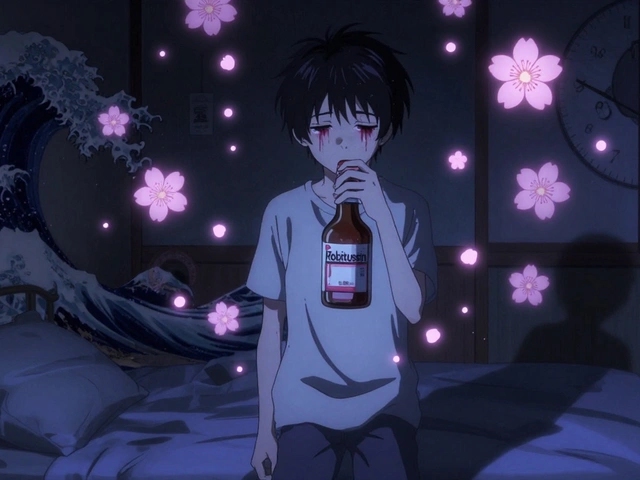Gluten Intolerance: Symptoms, Diagnosis, and What to Eat Instead
When your body reacts badly to gluten intolerance, a condition where the digestive system struggles to process proteins found in wheat, barley, and rye. Also known as non-celiac gluten sensitivity, it’s not an allergy and not celiac disease—but it still causes real, uncomfortable symptoms. Unlike celiac disease, which triggers an autoimmune attack on the small intestine, gluten intolerance doesn’t damage tissue. But that doesn’t mean it’s harmless. People with this condition often get bloated, tired, headachy, or have stomach pain after eating bread, pasta, or even soy sauce. And unlike a wheat allergy—which can cause hives or breathing trouble—gluten intolerance symptoms show up hours or even days later, making them hard to trace.
Many people confuse gluten intolerance with celiac disease, a genetic autoimmune disorder that destroys the lining of the small intestine when gluten is consumed. Celiac disease shows up in blood tests and biopsies, while gluten intolerance doesn’t. There’s no lab test for gluten intolerance yet. Doctors usually rule out celiac and wheat allergy first, then suggest a strict gluten-free trial. If symptoms improve, it’s likely gluten intolerance. Some people also react to FODMAPs—fermentable carbs in wheat—so a low-FODMAP diet might help too. And if you’ve tried eliminating gluten and felt better, you’re not alone. Millions report clearer skin, more energy, and less brain fog once they cut it out.
What you eat matters just as much as what you avoid. A gluten-free diet, a way of eating that removes all sources of gluten from food and drinks. gluten-free eating isn’t just about swapping bread for rice cakes. It’s about learning hidden sources: salad dressings, processed meats, beer, and even some vitamins. Many gluten-free packaged foods are loaded with sugar and fat to make up for texture. Real food—fruits, vegetables, eggs, meat, fish, beans, nuts, and gluten-free grains like quinoa and buckwheat—is your best bet. And if you’re taking supplements or medications, check the fillers. Some pills use wheat starch. It’s not always listed clearly.
There’s no cure for gluten intolerance, but managing it is simple: avoid gluten, listen to your body, and focus on whole foods. You’ll find plenty of real-world advice in the posts below—from how to read labels to what to do when you accidentally eat gluten, and how to tell if your symptoms are really from gluten or something else entirely.
Celiac Disease: How Gluten Triggers Autoimmune Damage and What You Need to Eat
Celiac disease is an autoimmune disorder triggered by gluten, causing intestinal damage. The only treatment is a strict gluten-free diet. Learn how it works, how to manage it, and what new therapies are on the horizon.






